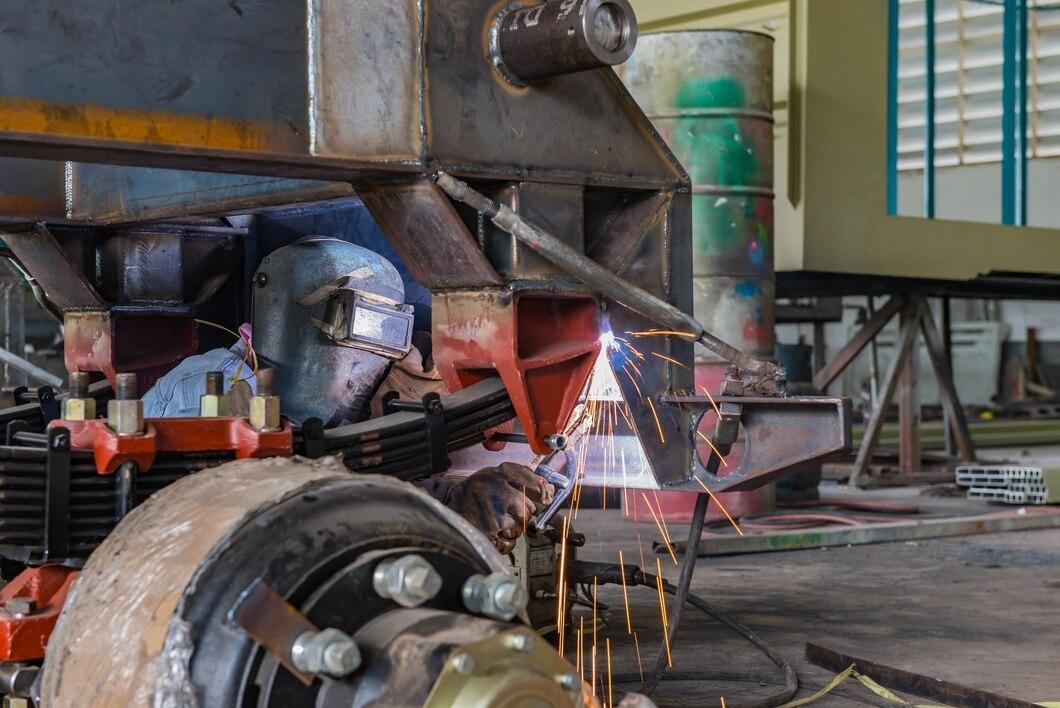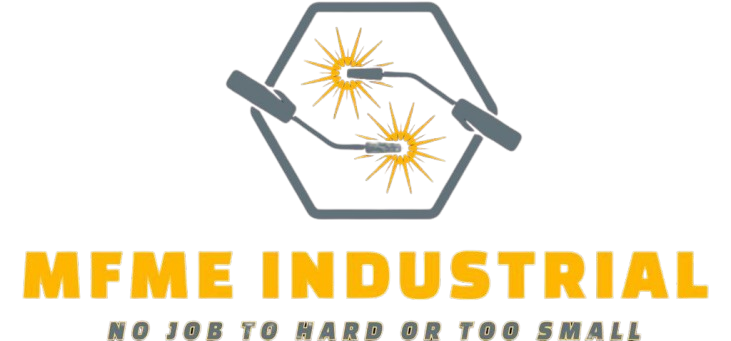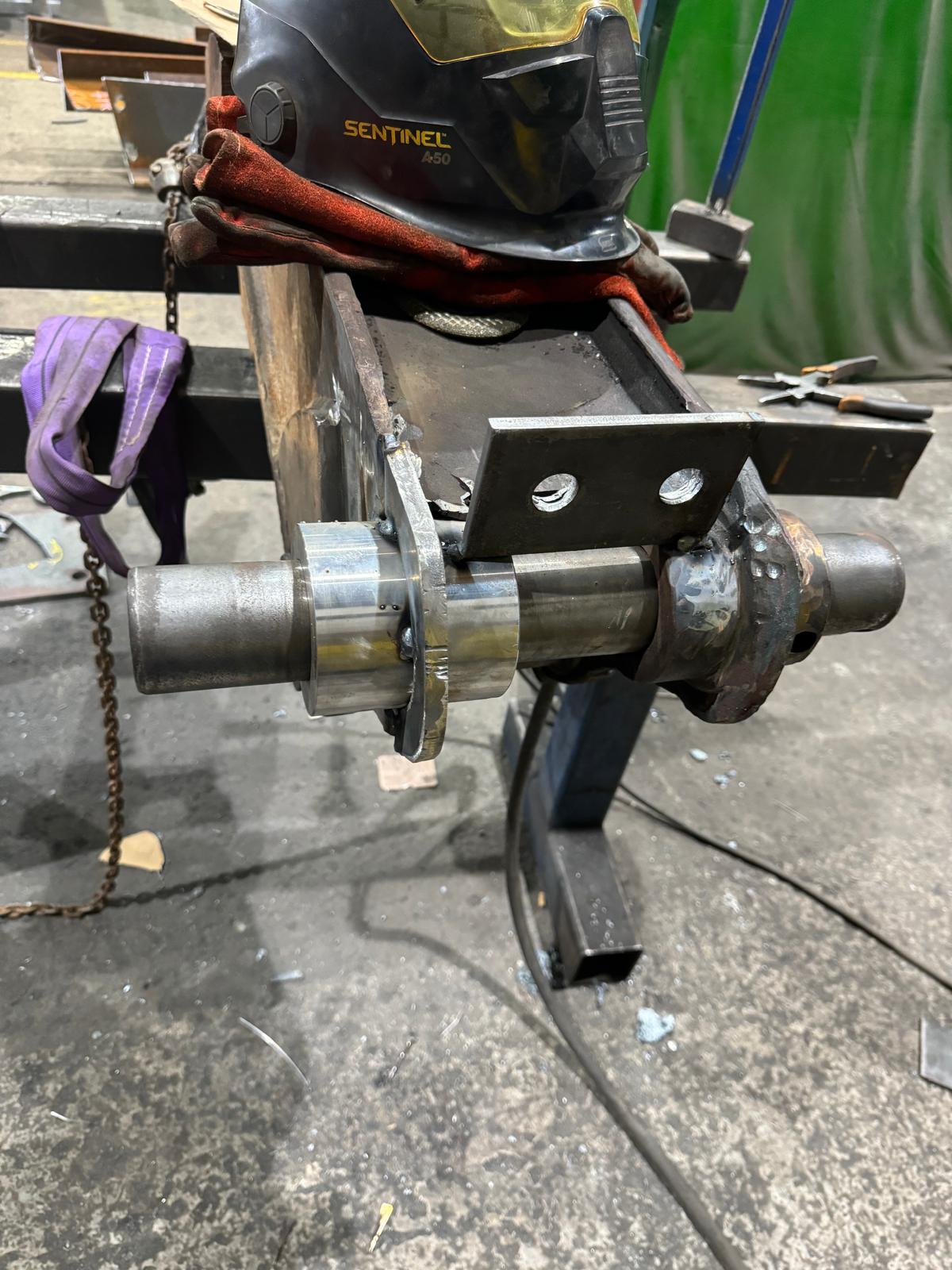Essential Civil and Machinery Repairs: A Comprehensive Guide to Maintaining Infrastructure and Equipment
In today’s fast-paced industrial and construction environments, the durability and longevity of civil structures and machinery are critical for safety, efficiency, and profitability. Regular maintenance and timely repairs not only extend the life of equipment and infrastructure but also prevent costly breakdowns and accidents. This blog will provide a deep dive into essential civil and machinery repair techniques, highlighting best practices, common challenges, and expert tips to keep your operations running smoothly.
Why Maintenance and Repair Matter
- Cost Efficiency: Regular maintenance prevents costly failures and prolongs the lifespan of machinery and civil structures.
- Safety Concerns: Unsafe equipment or compromised structures pose a significant risk to workers and the surrounding environment.
- Compliance with Regulations: Industry regulations often mandate certain maintenance practices to ensure safety and operational standards.
Common Civil Repairs and Solution
- Concrete Cracks and Spalling: Addressing issues like cracks in foundations, roads, and buildings is crucial to prevent further damage. Methods include crack injection, patching, and concrete resurfacing.
- Structural Steel Corrosion: Corrosion weakens the integrity of structures, particularly in bridges, buildings, and industrial facilities. Repairing corrosion often involves sandblasting, re-coating, and replacing damaged sections.
- Waterproofing Failures: Leaks and water damage are common issues in buildings. Repair techniques include applying waterproof membranes, fixing drainage systems, and reinforcing areas prone to water infiltration.

Challenges in Civil and Machinery Repairs
- Access to Parts: Sourcing replacement parts, especially for older machinery or customized infrastructure, can delay repairs.
- Downtime and Operational Delays: Machinery breakdowns or structural repairs often mean downtime. Planning for repairs during non-peak times can help reduce operational impacts.
- Environmental and Weather Considerations: Weather conditions can affect both civil structures and machinery. For example, freezing temperatures can cause cracking in concrete, while high humidity might lead to rust in machinery.

